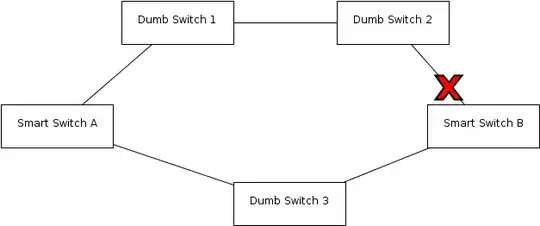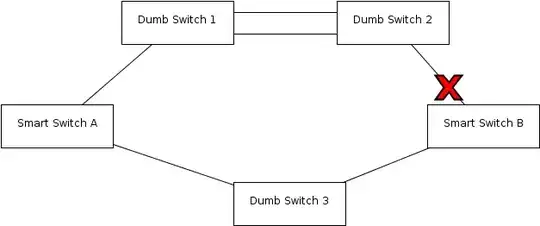No, it does not - in a single-bridge topology, it's the root bridge, and every port on the root bridge is forwarding. There's no way to detect and block any loop.
You may still want to have it set up and running for the day you get a second STP-capable switch, though. Because, if you change this question a bit:
Does it make sense to enable STP if only two switches are managed?
Yes, it does. Spanning Tree obviously works best in a topology where every switch supports it, but you'll get some benefits from having it enabled if at least two switches support it. The dumb switches don't understand BPDUs, so they just flood them out every port - which means that whether your STP-capable switches are connected directly or via a dumb switch, they can do loop blocking properly.
So in a topology like this:

STP blocks a port on the non-root bridge and prevents the loop properly.
But, they can only do this detection in links between themselves. You still need to vigilantly prevent loops between the unmanaged switches. If this happened, for instance:

You'd have a broadcast storm between dumb switches 1 and 2. Heck, you'd also have a BPDU storm. I've never seen that happen.. and I'm almost tempted to set it up just to find out. It wouldn't be good.

